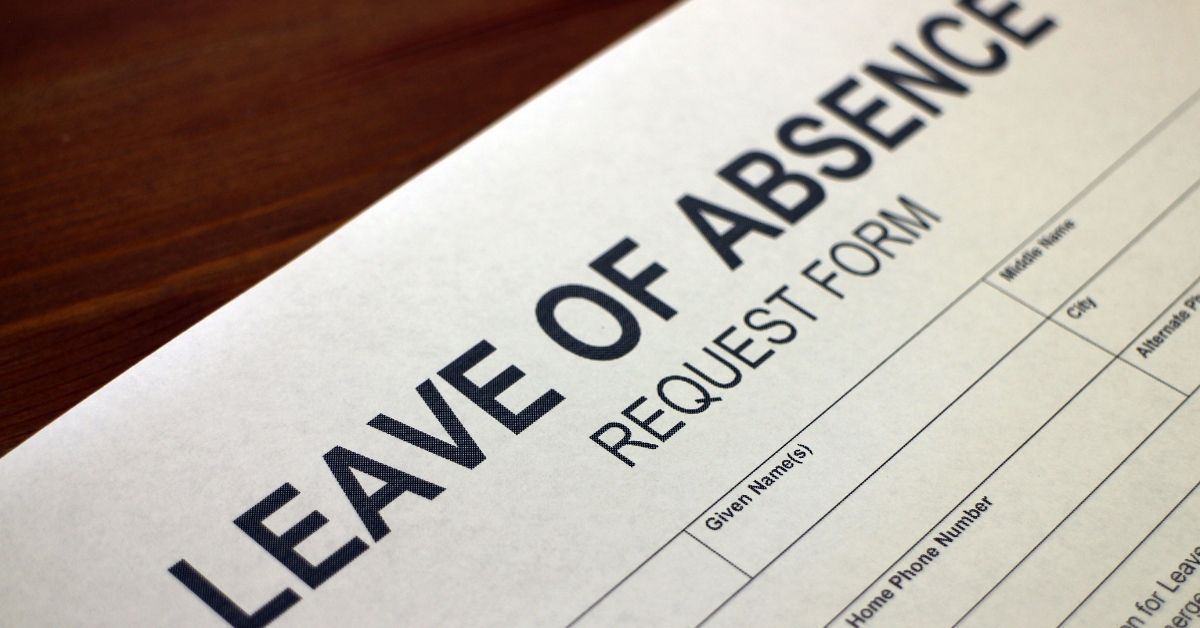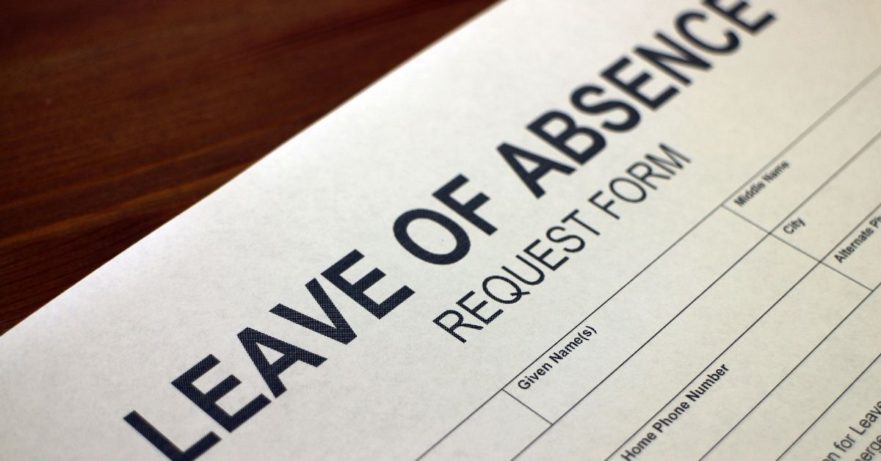
Two significant provisions for providing expanded paid family medical and sick leave went into effect on April 1, 2020. The first – The Emergency Family and Medical Leave Expansion Act – adds a new category to the Family Medical Leave Act (FMLA) to account for family and medical leave due to a public health emergency. The second – The Emergency Paid Sick Leave Act – provides for immediate and expanded paid sick leave benefits for employees. Both laws are scheduled to sunset on December 31, 2020.
Emergency Family and Medical Leave Expansion Act
The FMLA has always mandated that employers provide eligible employees with job-protected, unpaid leave for specified family and medical reasons, which may include the flu. The Emergency Family and Medical Leave Expansion Act amends the FMLA to add a new category of leave for employees who are unable to work (or telework). Specifically, due to the closure of a child’s school or child care provider as a result of a qualified public health emergency as declared by a federal, state, or local authority. Employees who must stay home to care for their children under these circumstances are eligible for paid family leave under the amended FMLA.
The new leave category affects all employers with more than 50 but less than 500 employees and is available to all employees who have completed at least 30 days of employment. As with other FMLA leave categories, public health emergency leave covers up to 12 weeks.
However, unlike other FMLA leave categories, the first ten days of public health emergency leave are unpaid. The remaining period is paid by the employer, covering two-thirds of the employee’s regular pay – up to $200 a day and $10,000 in total paid leave. If they choose to do so, employees are allowed to use their accrued vacation and paid sick leave time to offset the unpaid period.
Same FMLA Reinstatement Rules Apply
For employers with 25 or more employees, the standard FMLA reinstatement rules apply, which requires employers who to reinstate an employee who has taken emergency FMLA leave to the same or equivalent position when they return to work. With the amended FMLA, the requirement doesn’t apply for employers with fewer than 25 employees if the employee’s position no longer exists following emergency FMLA leave due to changes in the employer’s economic or operating conditions as a result of a public health emergency. However, the employer must make a reasonable attempt to return the employee to an equivalent position if available or make efforts to contact the employee when one becomes available for one up to one year after the leave ends.
Paid Leave Wage Recovery Through Payroll Tax Credit
In connection with the COVID-19 emergency, family leave wages are 100% recoverable (up to $200 per day or $10,000 in aggregate) by employers through a payroll tax credit. Employers should review all applicable tax-related provisions having to do with wage recovery with their tax advisors.
Businesses will be allowed to tap into cash they have on deposit with the IRS. For small businesses that don’t have a sufficient amount of cash deposited with the IRS, the Treasury will advance funds so those businesses can cover those costs.
Emergency Paid Sick Leave
The Emergency Paid Sick Leave Act, which also took effect on April 1, requires employers with less than 500 employees to provide full-time employees with 80 hours of paid sick leave. Part-time employees are provided with leave time that is equivalent to the number of hours they work in a two-week period.
The law expands the conditions under which employees are eligible for sick leave as follows:
- The employee is subject to a quarantine or isolation order by federal, state, or local government;
- A health care provider has advised the employee to self-quarantine;
- The employee is experiencing symptoms of COVID-19 and seeking medical diagnosis;
- The employee is caring for an individual who falls under category 1 or 2, above;
- The employee is caring for a son or daughter because their school has been closed (elementary or secondary only), or the child care provider is unavailable to provide care due to governmental order.
- The employee requires leave under circumstances similar to the above.
If sick leave is needed for conditions 1-3, payments cannot exceed $511 per day to a maximum of $5,110 per year. For conditions 4-6, the maximum amount is $200 per day, up to $2,000 per year. These costs are recoverable in the same way as the amended FMLA through quarterly payroll tax credits.
The paid sick leave available under this law is separate and apart from existing paid leave the employee has accrued and may not be carried over from one year to the next.
Want to RECEIVE COVID-19 UPDATES?
Enter your email below and we'll keep you updated!







Comments 1
It makes sense that the new policies for sick leave really only apply to employees that have worked at the business for more than 30 days. My brother is living in an area that has been hit hard by the virus so he can’t go into work. He needs to hire a good lawyer that can help him get those benefits that have been set up for people like him.